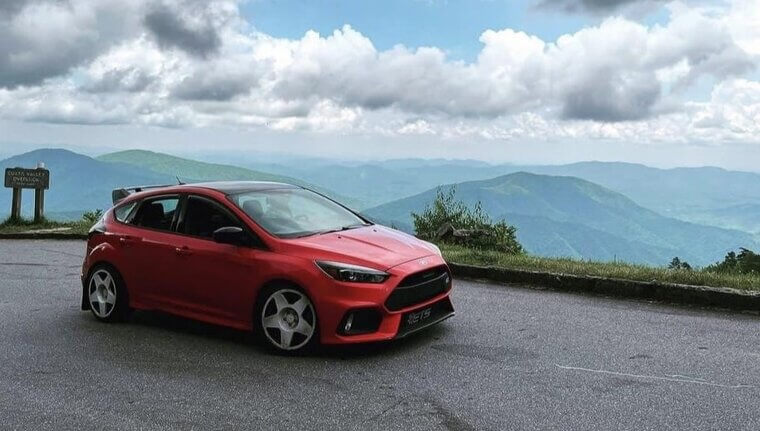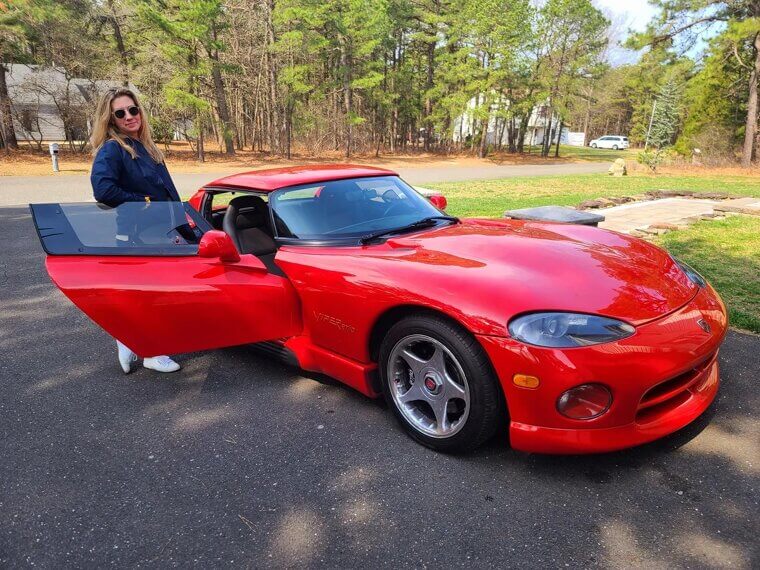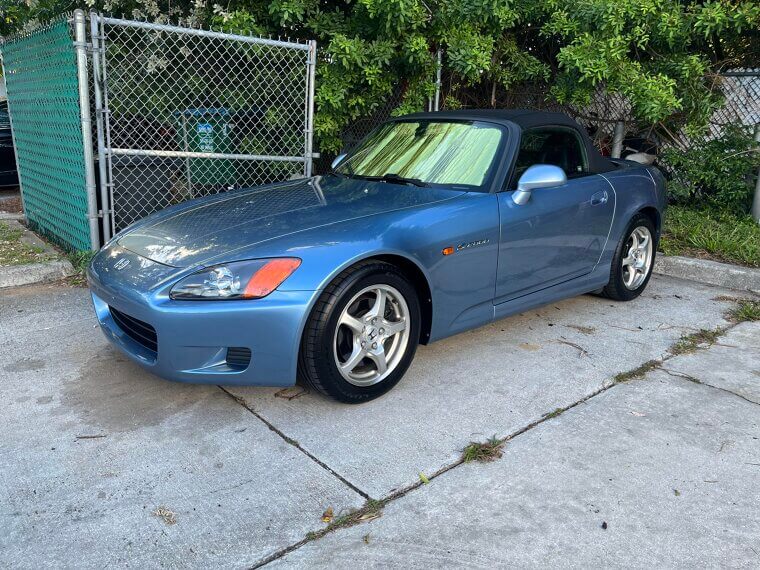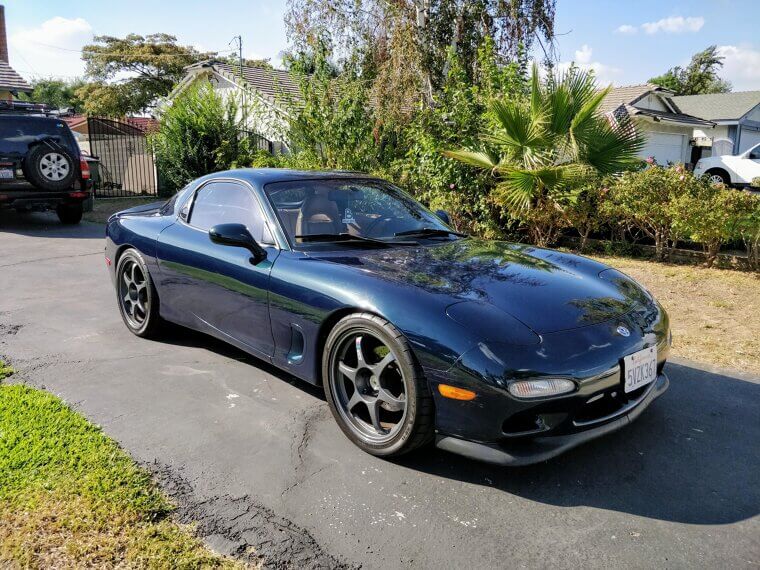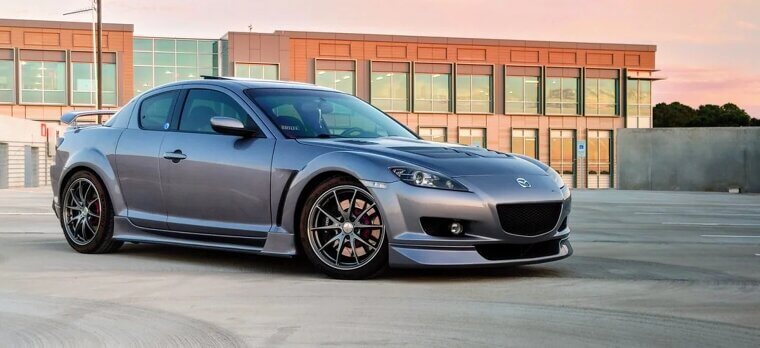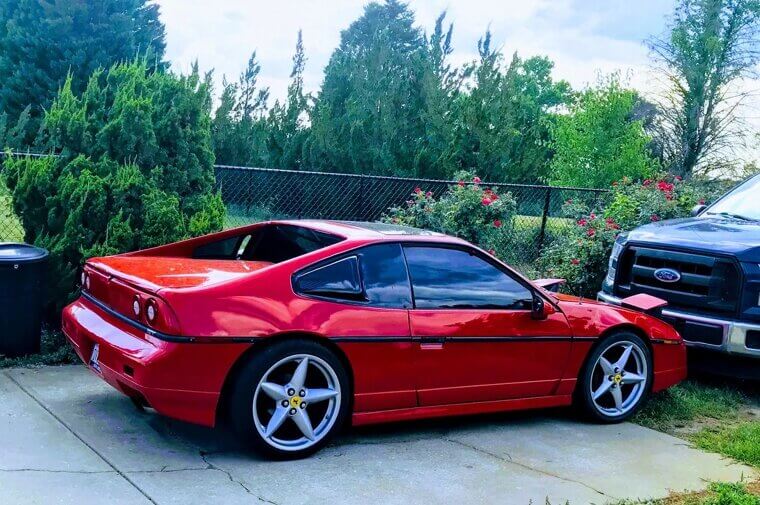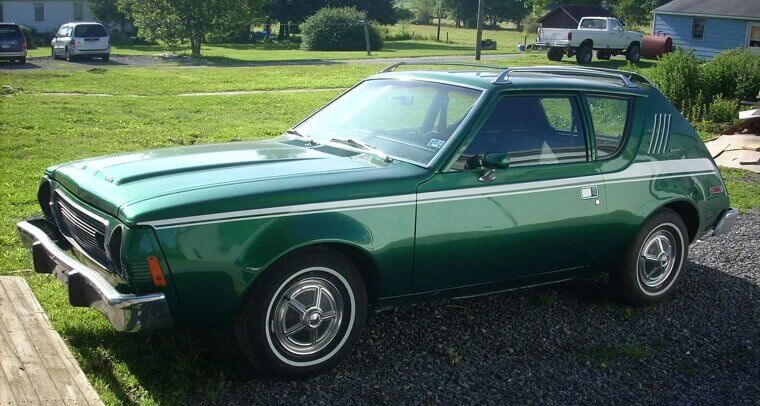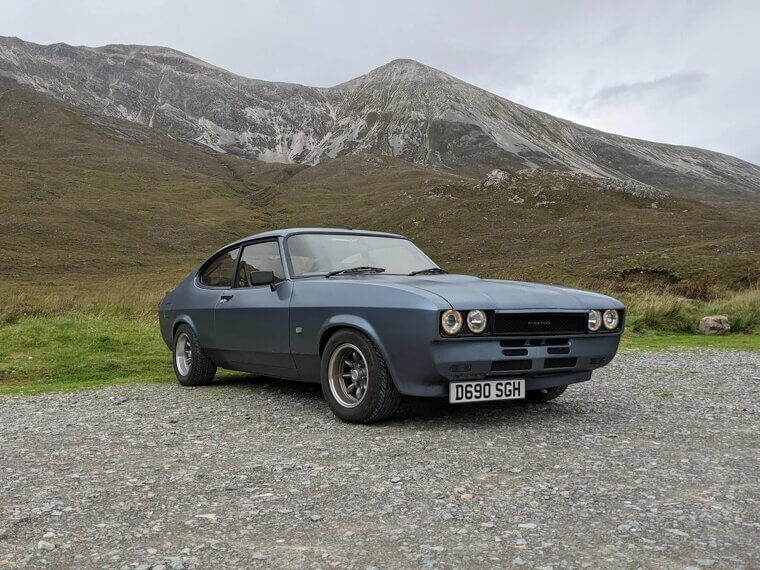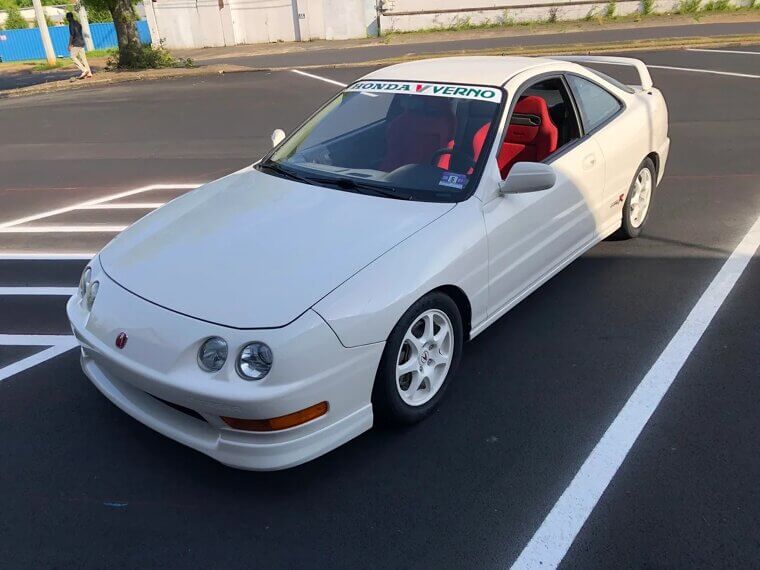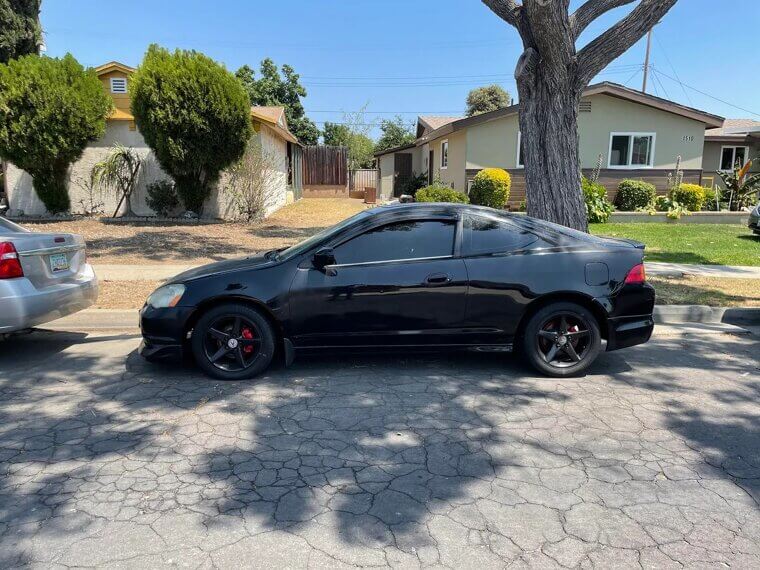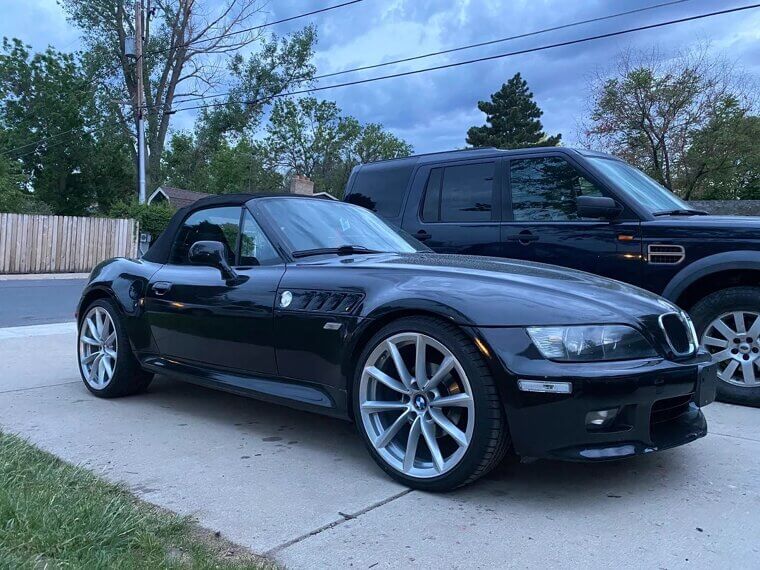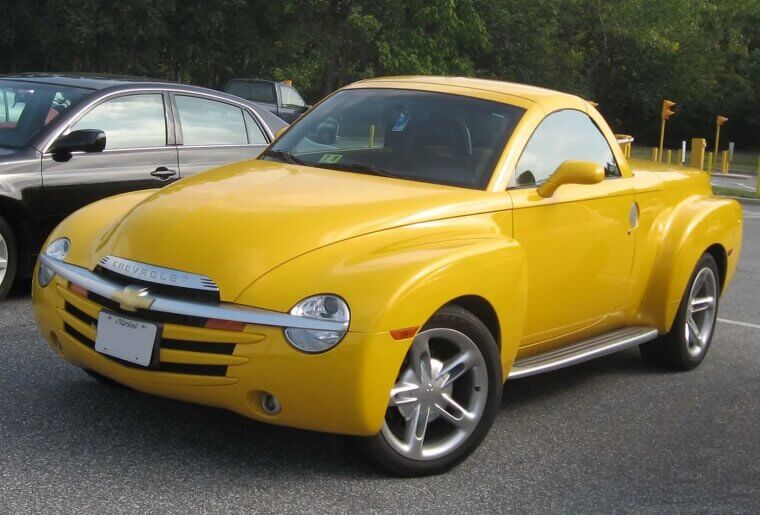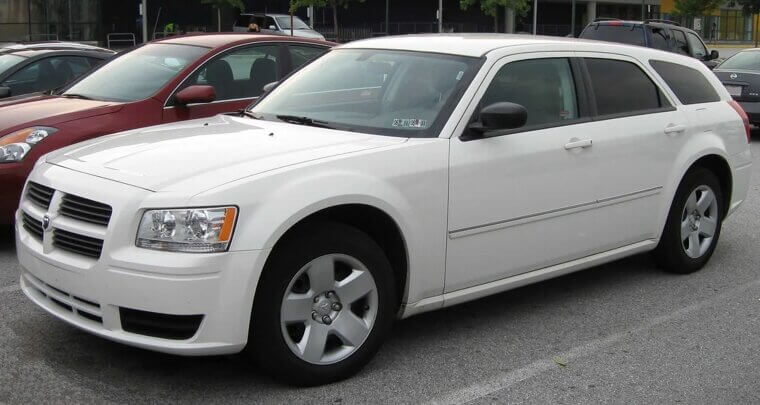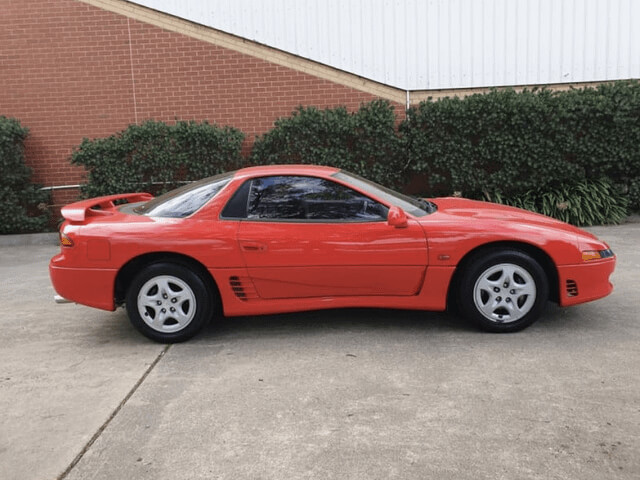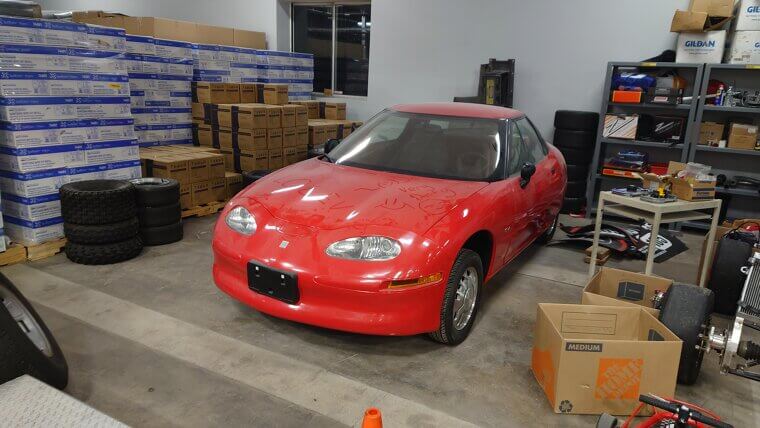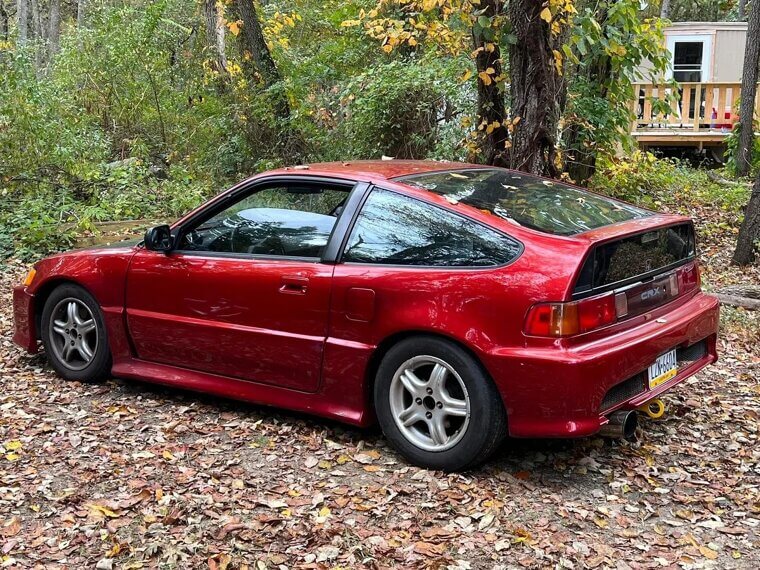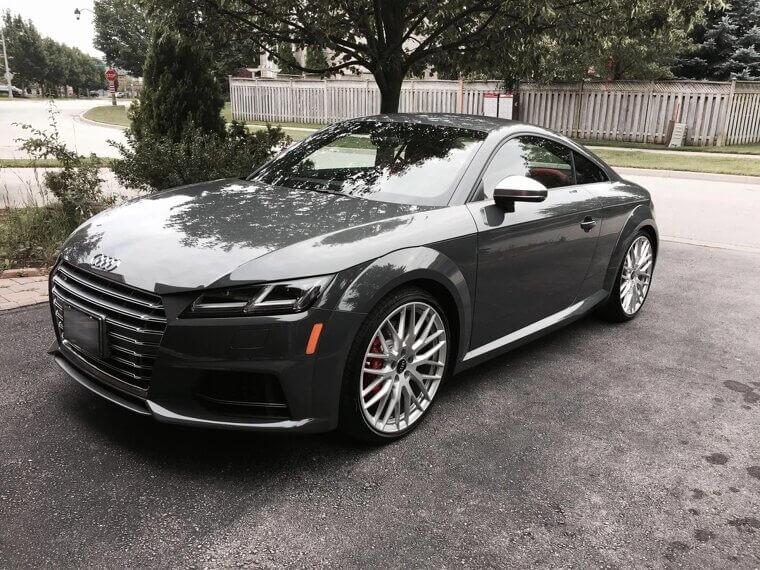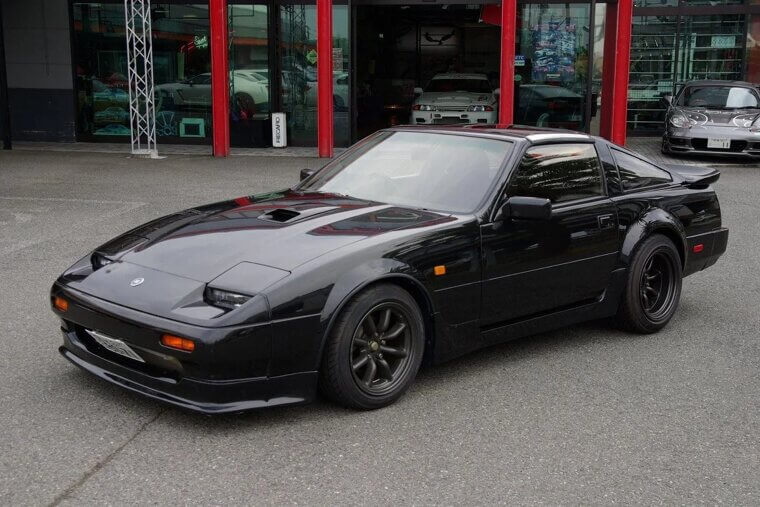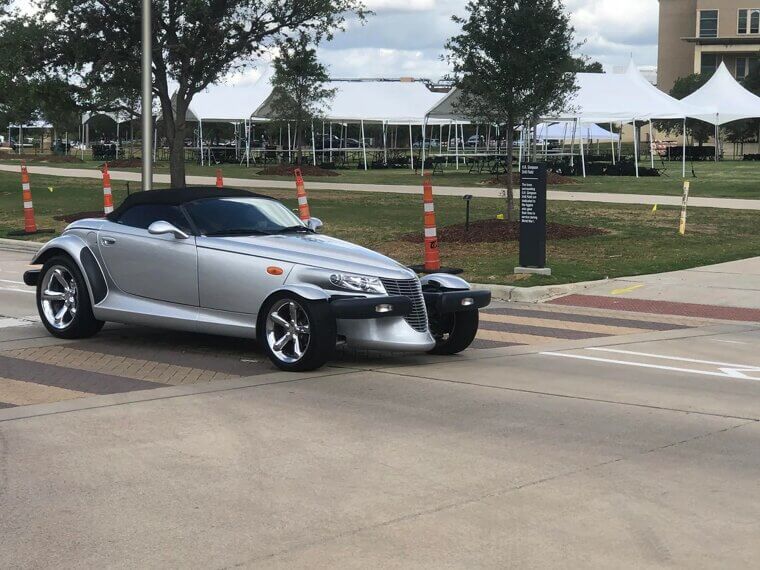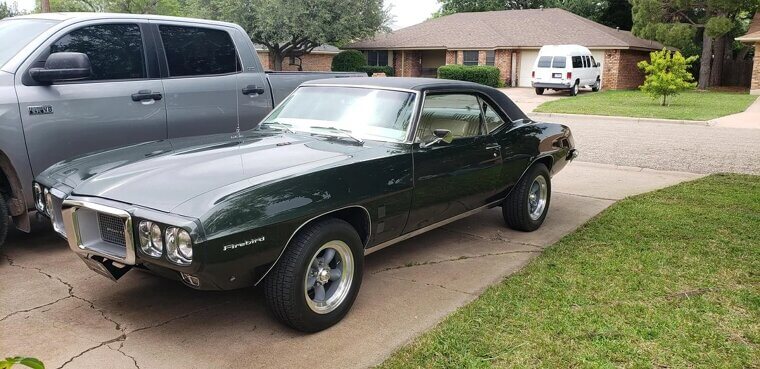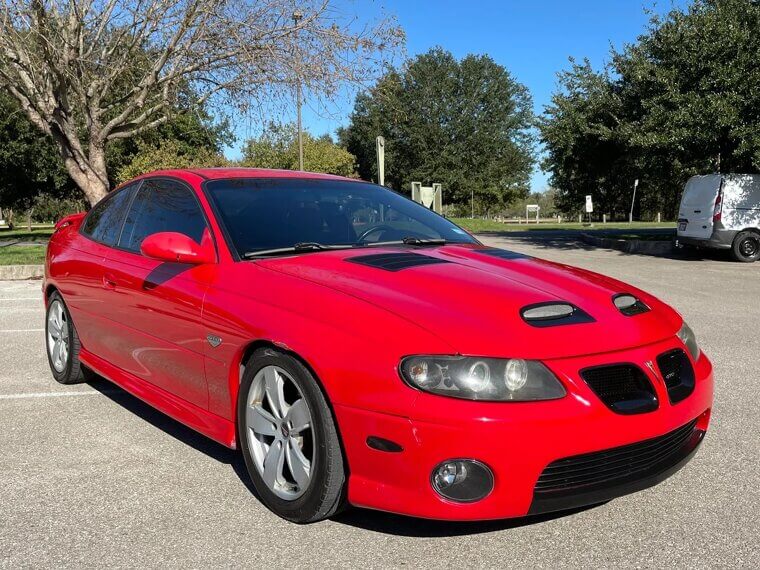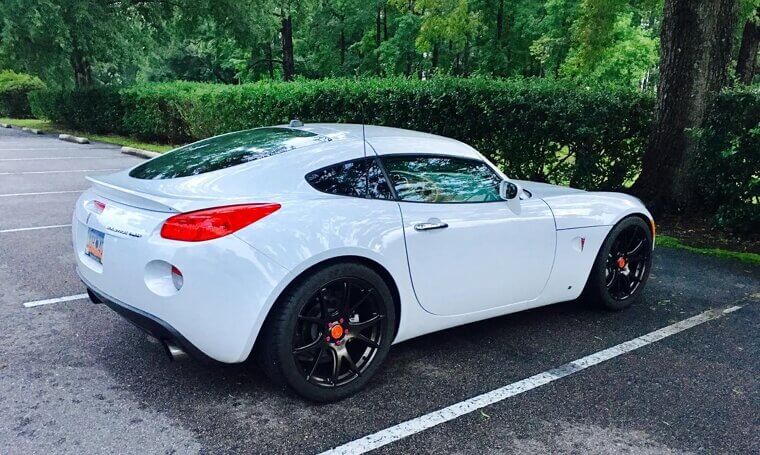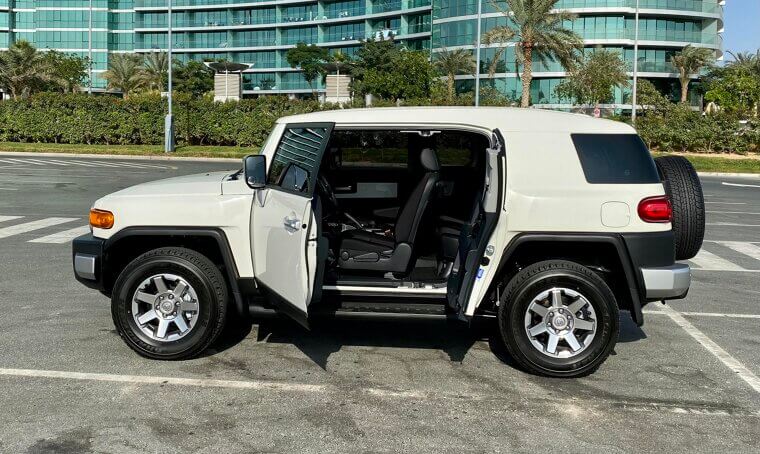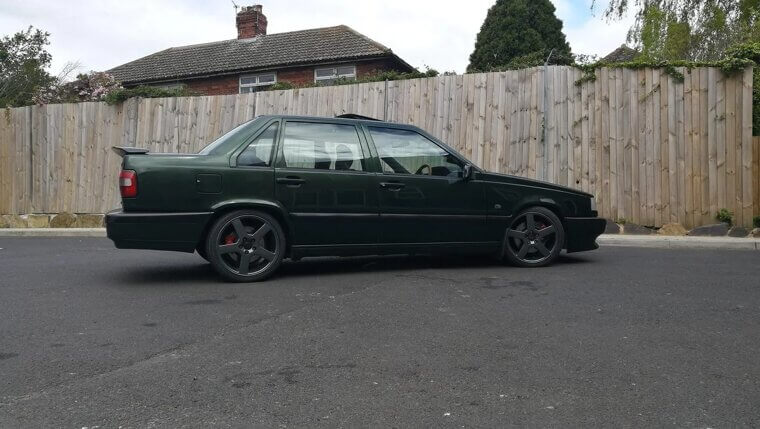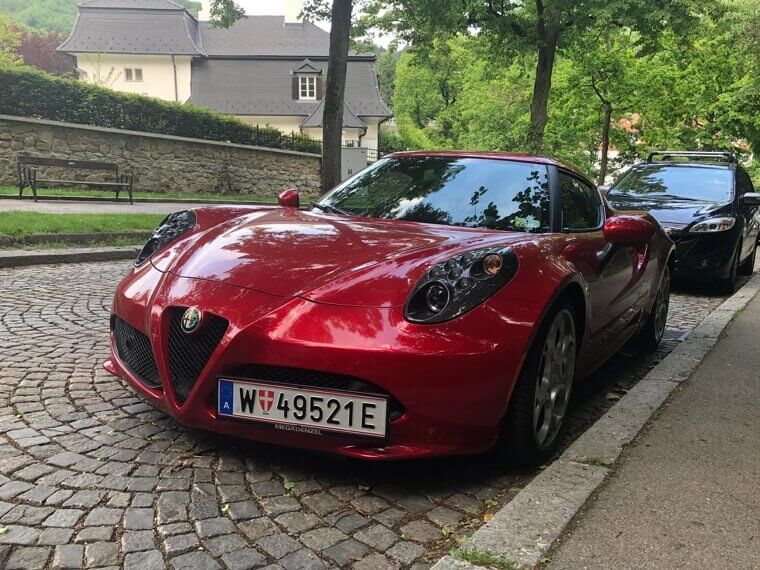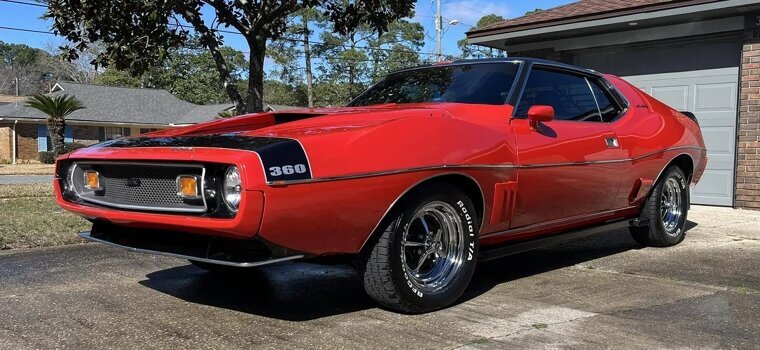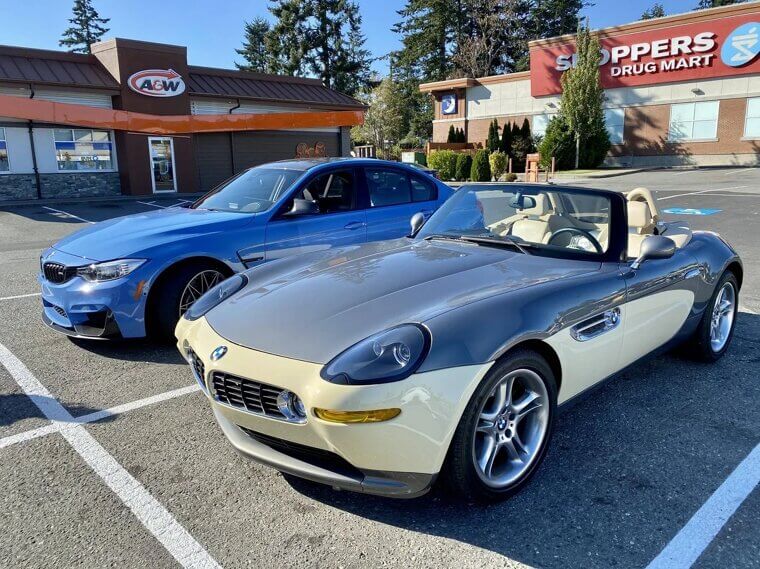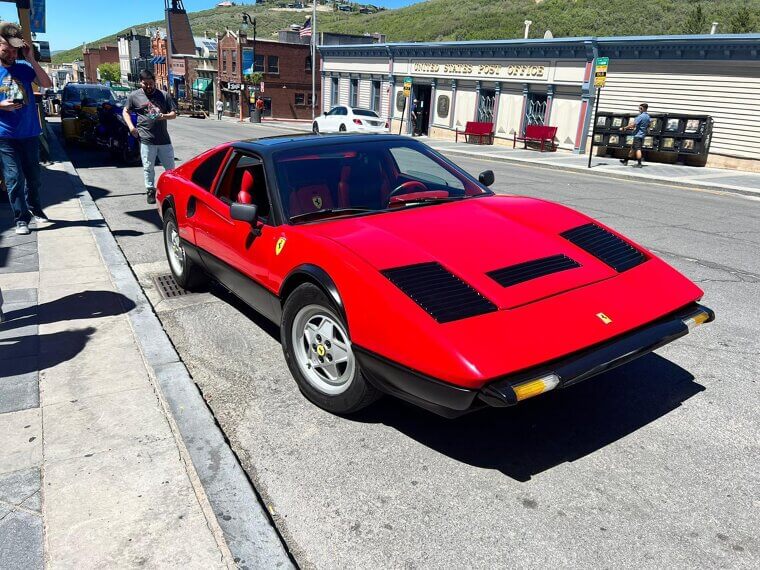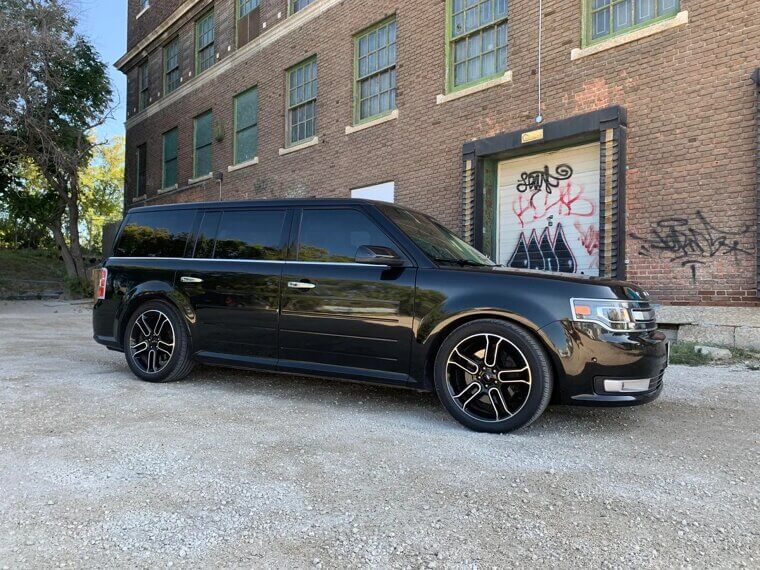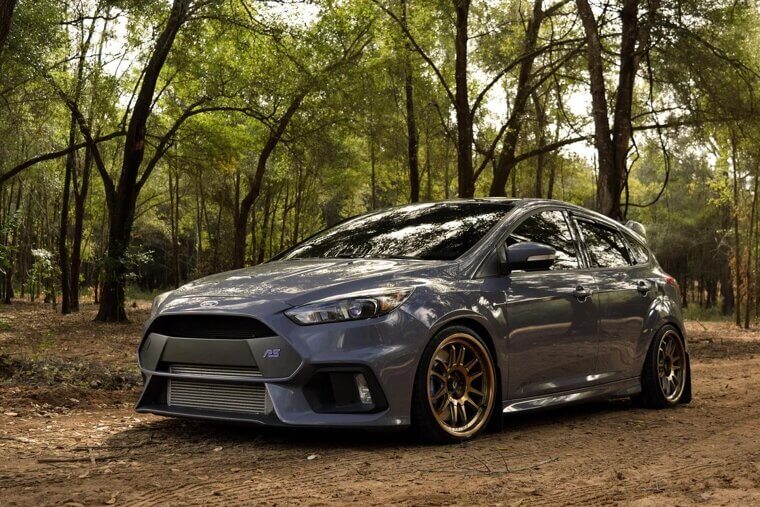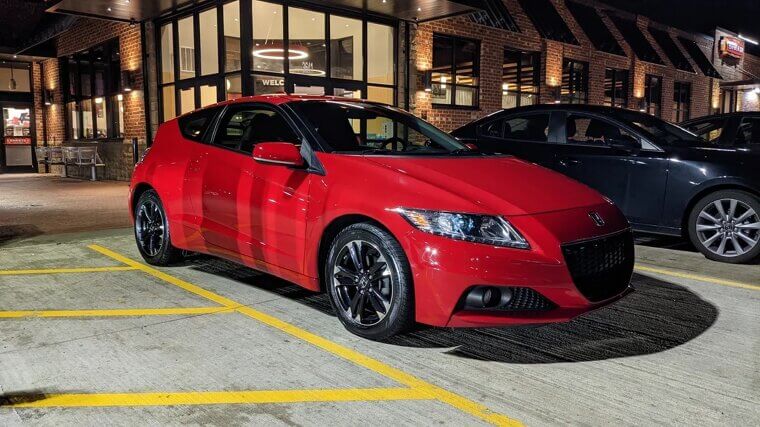Trendy Cars That Pulled a Disappearing Act
Trying to predict and keep up with market trends in the automotive industry is a bit like asking a magic 8-ball for financial advice. The truth is that no one in the industry can say what’s going to be a hit and what’s going to be forgotten the very next day. For one reason or another, these once-trendy cars eventually vanished from the streets.
Dodge Viper
The Viper first slithered onto the streets way back in 1992, roaring with the full might of a V10 under its hood. Despite being a premium sports car with an immense pedigree, the Viper was eventually discontinued years later in 2017 due to disappointing sales, though it maintains a pretty strong cult following.
Honda S2000
Honda was a pretty unlikely name to usher the automotive industry into a new age of sports car design, but that’s exactly what they did with the S2000 back in 1999. The nameplate lasted a full ten years before being discontinued in 2009, leaving behind a legacy of awesomeness in spite of Honda’s shift to SUVs.
Mazda RX-7
The RX-7 was something of an innovation when it first hit the roads in 1978, distinguished by its unique rotary engine. Despite the amount of specialized maintenance required for such an engine, the RX-7 was beloved by many but was eventually discontinued in 2002 due to a shift away from rotary designs.
Mazda RX-8
Hot on the trail of the RX-7 came its successor, the RX-8, which also featured a rotary engine, whose flaws were becoming more and more apparent by the day. Its lifespan wasn’t nearly as long as its older sibling’s, but many people embraced it in spite of its flaws and “quirks” nonetheless.
Fiat Uno
Upon first glance, nothing about the Uno stands out in particular, but that’s precisely what people liked about it. It was a discreet, nondescript, “grown-up” car, with a spacious interior and innovative dashboard. Evolving tastes led to its ultimate demise in 2013, but it is still a beloved icon of the “everyday bloke”.
Pontiac Fiero
The Pontiac name is always going to draw crowds, and all eyes were on the Fiero when it launched. Despite its sleek design and mid-engine layout that made it appealing to begin with, the cracks in the Fiero’s design quickly started to show - literally. Production ceased after reliability concerns kept mounting, but it was - for a brief moment in time - a star.
AMC Gremlin
To call the Gremlin quirky would be a huge understatement. This compact little freak was a real head-turner, but not always for the right reasons. Still, it had “working class” appeal and was a fairly common sight on the roads of the 70s before its discontinuation in 1978.
Ford Capri
Muscle cars like the Mustang were a uniquely American innovation, and it was hard for the Brits not to look on with envy. The Capri was Ford Europe’s answer to the Mustang, a fairly stylish fastback coupe that nonetheless couldn’t match the Mustang’s hype. It had a respectable lifespan of some 18 years before being retired.
Acura Integra
The Acura Integra was perhaps a little unassuming in terms of appearance, but what it lacked in style, it made up for in reliability, sportiness, and fun. Sadly, sedans were slowly but surely falling out of favor during their lifetime, and eventually, the Integra nameplate was retired in 2001 but is still remembered fondly.
Acura RSX
The RSX was the follow-up to the Integra, and maintained many of that vehicle’s best qualities, including solid reliability and fun driving dynamics. Unfortunately, its lifespan was cut short after just four years amid branding shifts for Acura and Honda.
BMW Z3
Few cars have as big a claim to fame as the Z3. Famously featured in GoldenEye, this sporty BMW quickly garnered an enthusiastic fandom (of which no small part was surely Bond fans to begin with). Yet despite its bona fide celebrity status, the Z3 wouldn’t stick around forever, eventually being discontinued in 2002 due to the arrival of newer roadsters.
Chevrolet SSR
The SSR boasts one of the most unique designs on this list. A retro-style throwback pickup-roadster hybrid, the SSR’s appeal was magnetic, even if its appearance was something of an acquired taste. Sadly, sales weren’t strong enough to sustain it for long.
Dodge Magnum
By the turn of the millennium, no company in America had produced a station wagon since 1996. Dodge took a huge risk when they developed the Magnum in 2005, part muscle car, part station wagon, and all style and performance. The truth was, however, that there was a reason no station wagons had been produced since the 90s.
Mitsubishi 3000GT
Also known as the Dodge Stealth in North America, the 3000GT was one heck of a machine. Fast, reliable, complex, and totally rad, this turbocharged coupe was much beloved before its untimely discontinuation in 2000.
Ford Bronco
As anyone with eyes will tell you, you’ll still see the Bronco name on the roads today, but it’s a different beast from the original, which was an off-road mainstay for almost three decades. Its ruggedness and reliability were legendary, but the nameplate was retired in 1996 before being revived years later.
GM EV1
Electric vehicles may be slowly taking over the automotive industry today, but back in the 90s, the concept was a lot more novel. The GM EV1 was the very first car produced in quantity in the US, and it was well-received by the general public. Despite this, GM withdrew the vehicle from production in one of the most controversial incidents in automotive history.
Honda CR-X
The CR-X (which Honda insisted stood for “Compact Renaissance Experimental”) was a compact sports car lauded for its nimble handling and surprising performance capabilities. Despite its popularity, it was withdrawn from production in 1991 and replaced with far less exciting models.
Audi TT
The Audi TT was only recently discontinued, but it enjoyed a long life and garnered plenty of affection. Sadly, it was something of a victim of Audi’s shift towards EVs.
Nissan 300ZX
The 300ZX is something of a legend in sports car circles and was famed for its advanced levels of engineering and the innovation it brought to the table. For one reason or another, however, Nissan discontinued it around 2000 amid shifting interests in the market, though the 300ZX is still beloved.
Plymouth Prowler
Also known as the Chrysler Prowler after Plymouth’s discontinuation, this niche vehicle reflected the industry’s interest in designing retro throwback vehicles with modern technology. Despite its “cool” factor, the Prowler never garnered much interest out of niche circles and was eventually discontinued after just five years.
Pontiac Firebird
During the initial muscle car craze of the 60s, everybody wanted a piece of the pie. The Firebird was Pontiac’s answer to the call, and was essentially a Camaro clone. The nameplate stuck around for the rest of the 20th century before being retired.
Pontiac GTO
Speaking of muscle cars, the original GTO shares credit with the Mustang for introducing the world to muscle cars. The nameplate made a return in 2004, but unlike its long-running peers in the pony car category, interest in this new GTO just wasn’t there.
Pontiac Solstice
The Pontiac Solstice - along with the Saturn Sky - was a stylish two-seater sports car, with a design that vaguely echoed what Connery’s Bond may have driven. Unfortunately, they came about around the time of GM’s downfall and were eventually axed alongside many other models.
Toyota Celica
Toyota is primarily known for making reliable, “everyday” vehicles, but even they are capable of producing a classic every once in a while. The Celica was that car, a nifty, reliable, and stylish sports coupe. Unfortunately, it was swallowed up by the tide of renewed interest in SUVs around the turn of the millennium.
Toyota FJ Cruiser
2007’s FJ Cruiser was a throwback to the original FJ40 Land Cruiser and was popular for its fantastic off-road capabilities. Production ended in 2014, but the vehicle maintains a strong presence in used markets.
Volvo 850 T5-R
The 850 T5-R was something of a “sleeper” car, totally unassuming on the outside, but surprisingly powerful and competent under the hood. Unfortunately, its niche appeal led to limited production numbers before it was ultimately discontinued.
Alfa Romeo 4C
The 4C is probably one of the best-looking cars on this list, and was definitely a strong performer in spite of its questionable engineering. Sadly, it simply never generated the sales expected of it, eventually leading to its discontinuation.
AMC Javelin
The muscle car craze attracted everyone, including AMC, which soon introduced the Javelin. It was probably more comfortable than many of its competitors, and was just as stylish, but it couldn’t escape AMC’s downfall.
BMW Z8
The Z8’s design was deliberately evocative of those classic British roadsters from the 60s - and maintaining it was sort of like maintaining one of those old beasts, too. Simply put, it didn’t sell well enough for BMW to keep it in production for long.
Lincoln MKT
The MKT was “unconventional”, to say the least, but it had a certain funk that appealed to some drivers. That didn’t stop it from being replaced by the more modern Aviator in 2019.
Ferrari 308 GTS
The 308 GTS was at least partially responsible for keeping Ferrari afloat in the 80s, and it didn’t hurt that it also featured in Magnum PI. Sadly, it was overshadowed by newer models.
Lamborghini Gallardo
Lamborghini is probably the biggest name in supercar engineering, and the Gallardo was their best-selling model. It’s still popular, but fell out of production to make way for the Huracán.
Ford Flex
The Ford Flex was a crossover SUV with style, meant to replace the earlier Taurus X. It had a solid lifespan of ten years before it fell out of production, mostly due to people’s evolving tastes surrounding crossovers.
Ford Focus RS
The base Focus is fairly conservative in comparison to the RS, which boasts aggressive styling and Ford’s own (controversial) EcoBoost engine. Production only lasted two years in the US due to low demand.
Honda CR‑Z
The CR-Z was an interesting experiment for Honda, a hybrid combined with a sports car. Despite garnering some fans, most people prefer either pure hybrids or pure sports cars, and so the CR-Z was discontinued after not too long.

